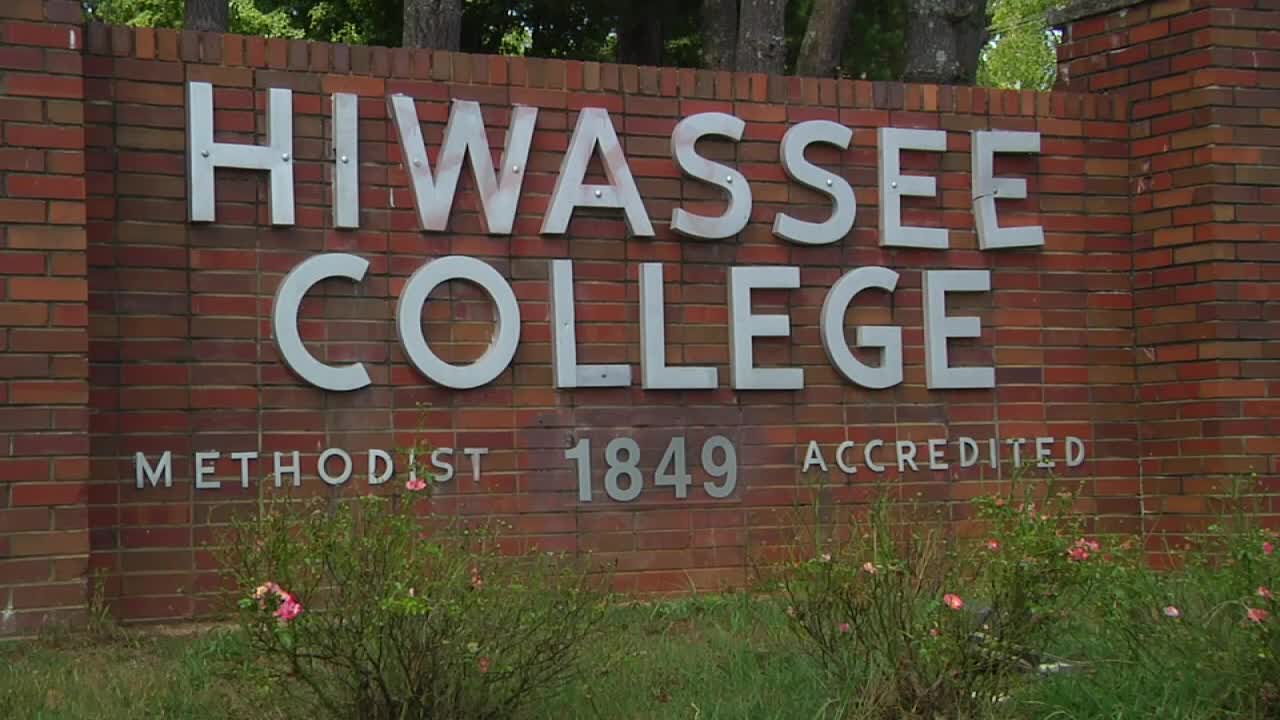If you do higher education related op-eds, there’s probably not a hotter topic for you to address right now than this one.
The long-awaited – and long-feared by many – federal college rating system could become a reality in the next few months. Word is that the Department of Education is planning to release a draft of the federal rating concept this fall and a final version early next year, in time for the system to be in place for the 2015-16 academic year. Colleges’ ratings ultimately would be used as a factor in awarding some types of federal student aid.
My guess is that – just as with immigration reform – the President will not want to complicate the mid-term election dynamics with an issue as divisive as the college rating system. That could mean the Department won’t release anything until after November 4, but then well may by early January so that a progress report can be included in the 2015 State of the Union address (tentatively January 20).
If I’m right, you still have time to weigh in.
What Others Are Saying
In analyzing presidential opinion pieces from the first half of 2014, I found 10 op-eds addressing the federal college rating concept. Nine were written by private college presidents who, while often supporting the rationale for such a measure, doubted the ability of the system to fairly treat the broad range of students and institutions that comprise U.S. higher education. The tenth op-ed, by SUNY chancellor Nancy Zimpher in the New York Times “Room for Debate,” was supportive, but with qualifications.
Especially clever was an op-ed by Mount Aloysius College president Thomas P. Foley, appearing a day after the NCAA Final Four and using basketball statistics as a metaphor for the limitations of the administration’s college rating approach.
The highest profile pro/con debate of the issue so far has been the USA Today editorial and opposing view appearing June 4. The USA Today editors are highly supportive of the rating system concept: “The administration is onto something. Colleges are able to increase costs without consequence largely because easy access to federal aid assures them a steady supply of students, so debt keeps piling up…”
In his opposing view, College of Mount Saint Vincent president Charles L. Flynn Jr. questions the government’s ability to create a valid rating system: “The number of meaningful criteria is too great. Their relative weight in light of the talents, needs and preferences of students are too various. The opportunities to game any system are too numerous.”
The New York Times “Room for Debate” discussion mentioned above also offers differing views on the proposed system. Of the five debaters, three are generally opposed (Bastedo, Moore, Vedder) and two are generally in favor, though with qualifications (Cruz, Zimpher).
The most compelling argument for the proposed rating system, however, comes not from an op-ed but from an early September Hechinger Report article, “Can universities be embarrassed into raising graduation rates?.” In it, Jon Marcus looks at the positive effects – and the limitations – of a somewhat similar system now in place in Indiana.
Here are some other recent articles that might be useful as general background:
- White House’s college ratings system controversial even before completion (Los Angeles Times, 12/3/14)
- The Obama administration is building a Consumer Reports for colleges (Vox, 9/30/14)
- 4 Key Questions Experts Are Asking About Obama’s College-Ratings Plan, Chronicle, 9/15/14)
- Obama Ratings System Could Hurt Tribal Colleges (U.S. News & World Report, 9/12/14)
- Experts: The White House Plan to Rate Colleges Has Major Issues (Education Writers Association Blog, 9/11/14)
- Will College Ratings Hurt Minority Students? Here’s Why Researchers Are Wary (Chronicle, 9/2/14)
- Education Dept. Tells Ratings Skeptics Their Concerns Are Valid (Chronicle, 9/2/14)
- Obama College Ratings Drive Wedge as State Schools Support (Bloomberg, 8/25/14)
Some History
If you really want to get into the weeds on this issue…
The concept for a federal rating system of colleges was obliquely mentioned in President Obama’s January 2013 State of the Union address:
“Tonight, I ask Congress to change the Higher Education Act, so that affordability and value are included in determining which colleges receive certain types of federal aid. And tomorrow, my Administration will release a new ‘College Scorecard’ that parents and students can use to compare schools based on a simple criteria: where you can get the most bang for your educational buck.”
Immediately following the address, the administration unveiled a preliminary College Scorecard as a tool for prospective students in assessing colleges. Many critics saw the Scorecard as overly simplistic, being primarily focused on financial data. (Measures included were average net price, loan default rate, and median level of student borrowing, along with graduation rate and employment information.) At that point, the Scorecard was positioned as purely informational, with no tie to federal student aid funding.
Pages: 1 2


Speak Your Mind